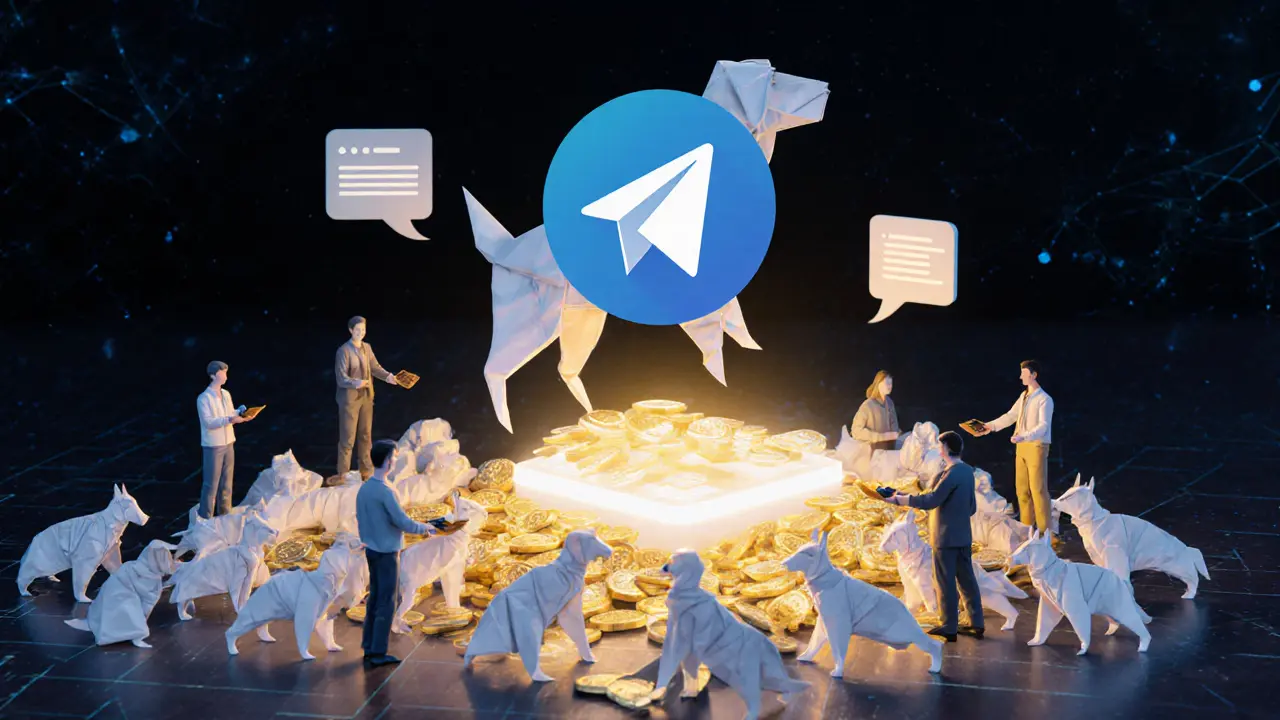TON Blockchain: What It Is, How It Works, and Why It Matters in Crypto
When you hear about TON blockchain, a high-speed, scalable blockchain originally built by Telegram to support mass adoption of crypto payments and decentralized apps. Also known as Telegram Open Network, it’s not just another blockchain—it’s a full ecosystem designed to handle billions of transactions without slowing down. Unlike Ethereum, which struggles with high fees and slow confirmations during peak use, TON blockchain uses a unique sharding system that splits the network into smaller, parallel chains. This lets it process transactions in seconds, not minutes, and at a fraction of the cost.
What makes TON blockchain stand out isn’t just speed—it’s the way it ties into real-world usage. The TON coin, the native currency of the TON blockchain, used for fees, staking, and payments within apps powers everything from messaging bots to decentralized exchanges. And because it was designed with Telegram’s 800 million users in mind, TON apps can be accessed directly inside the app you already use every day. That’s not theoretical—it’s already happening. Wallets like Tonkeeper and exchanges like Tonstakers let you send TON coin with a single tap, no complex wallets or seed phrases needed.
The blockchain scalability, the ability of a network to handle growing demand without losing speed or increasing costs of TON is why developers are building on it. From NFT marketplaces to gaming platforms, projects are choosing TON because it doesn’t punish users with gas fees. Even DeFi apps like Stonks and DEXes built on TON let you trade tokens with near-zero fees and instant settlement. And unlike other chains that rely on centralized validators, TON uses a proof-of-stake system with thousands of independent nodes, making it more resistant to censorship and attacks.
But TON isn’t perfect. It’s still new to many, and some exchanges don’t list TON coin yet. There’s also confusion because Telegram officially stepped back from the project in 2020—though the network kept growing thanks to its open-source community. Today, TON blockchain is run by developers, not a company. That means no one controls it, but also no one is officially fixing bugs or pushing updates. You’re betting on the code, not a team.
What you’ll find in the posts below are real-world examples of how TON blockchain is being used—and how it’s not. From airdrops tied to TON-based apps to scams pretending to be part of the network, we’ve collected the most useful, up-to-date insights. Whether you’re trying to claim TON tokens, avoid fake wallets, or understand why this chain keeps gaining traction, the guides here cut through the noise. No fluff. Just what you need to know before you interact with TON blockchain.

